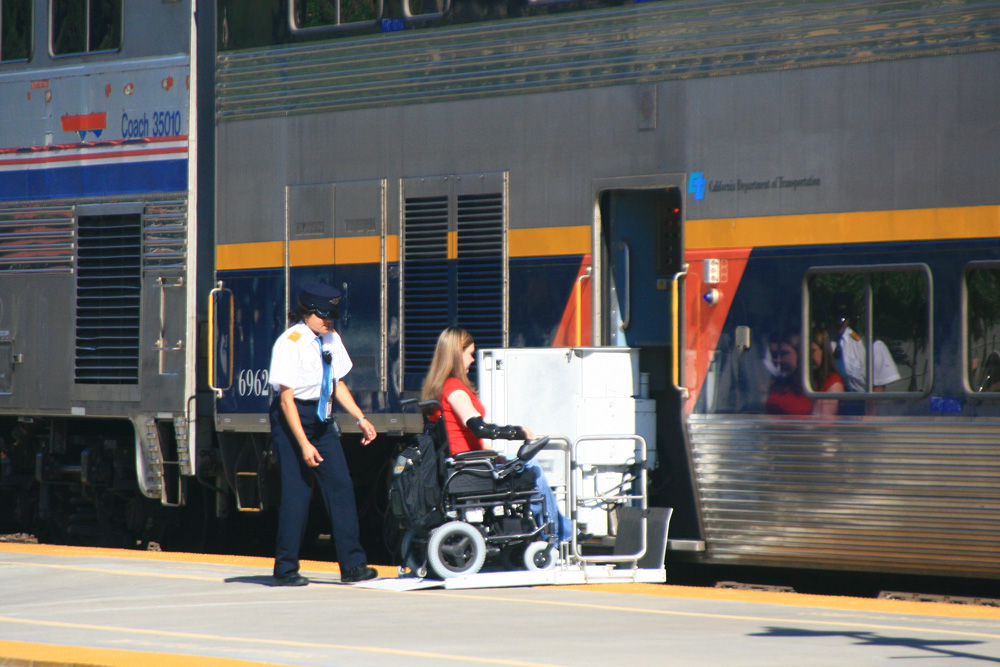
WASHINGTON — Amtrak is considering the use of semi-permanent coupling in its next generation of long-distance trainsets, and as a result will seek regulatory approval to address accessibility requirements through accommodations throughout those trainsets, rather than in individual cars.
That proposal is included in a website the passenger operator has launched as it seeks public comment on its accessibility plans for the new long-distance equipment, which will also be addressed in an Aug. 30 hearing in Washington. Participation in that hearing can be either in person or virtual.
The website, available here, explains that some of Amtrak’s proposals would require the Federal Railroad Administration to approve what is called “equivalent facilitation,” in which alternate design standards are determined to provide equal or better accessibility.
The equivalent facilitation would seek to address provisions such as those that require a specific number of accessible spaces in each individual passenger coach and food service car; accessible restrooms on the lower level of bilevel lounge cars, regardless of accessibility on the upper level or in adjacent cars; and accessible accommodations in each sleeping car, regardless of the number of accessible accommodations elsewhere on the train.
Instead, Amtrak would offer an “accessible core trainset offering enhanced mobility between cars and access to train amenities.” It says this would provide “equal or better accessibility and usability of its trainsets.”
The Aug. 30 hearing will be held at the Hyatt Regency Washington on Capitol Hill, 400 New Jersey Avenue NW in Washington, D.C. It is set for 10 a.m. to 2 p.m. EDT. In person and virtual registration for the event are both available at the website referenced above.
Public comment is also being accepted on that website, beginning today (Aug. 7) through Tuesday, Sept. 5.






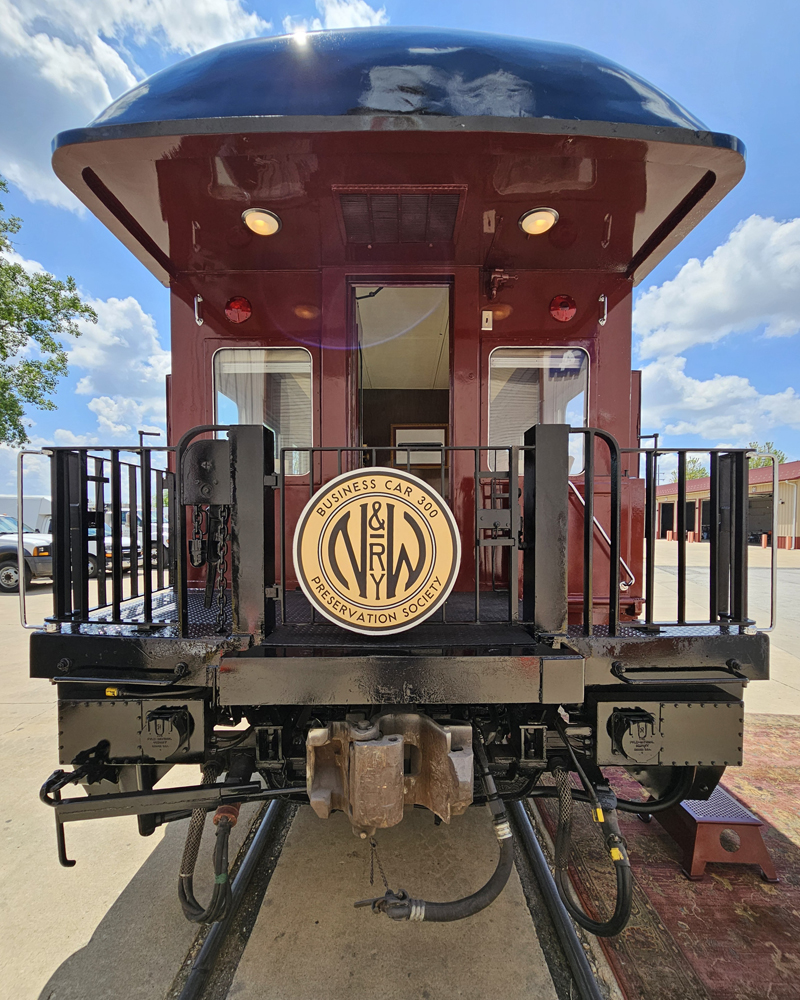
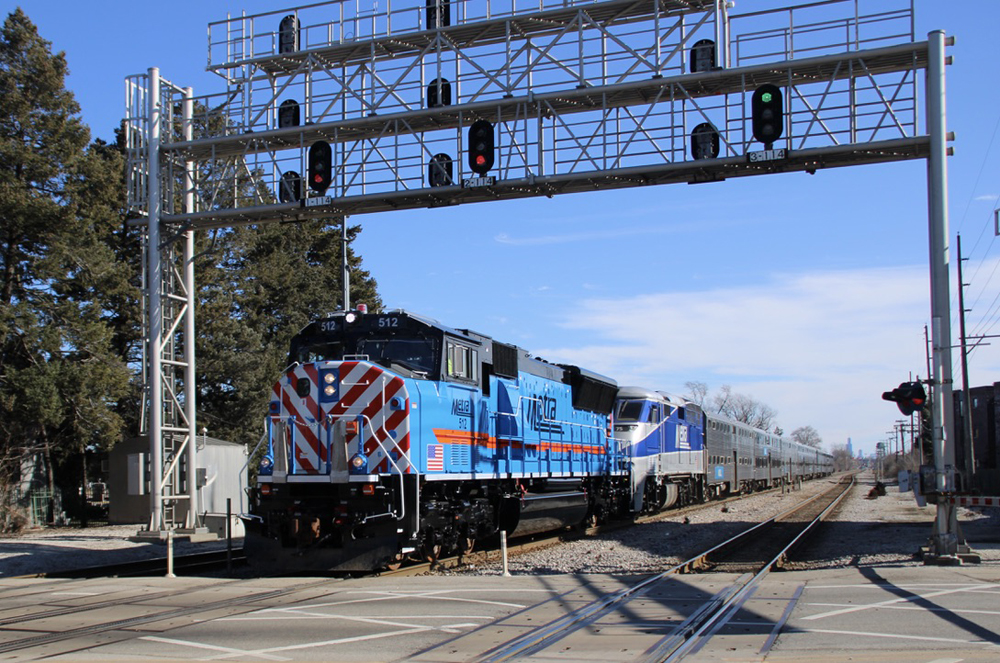
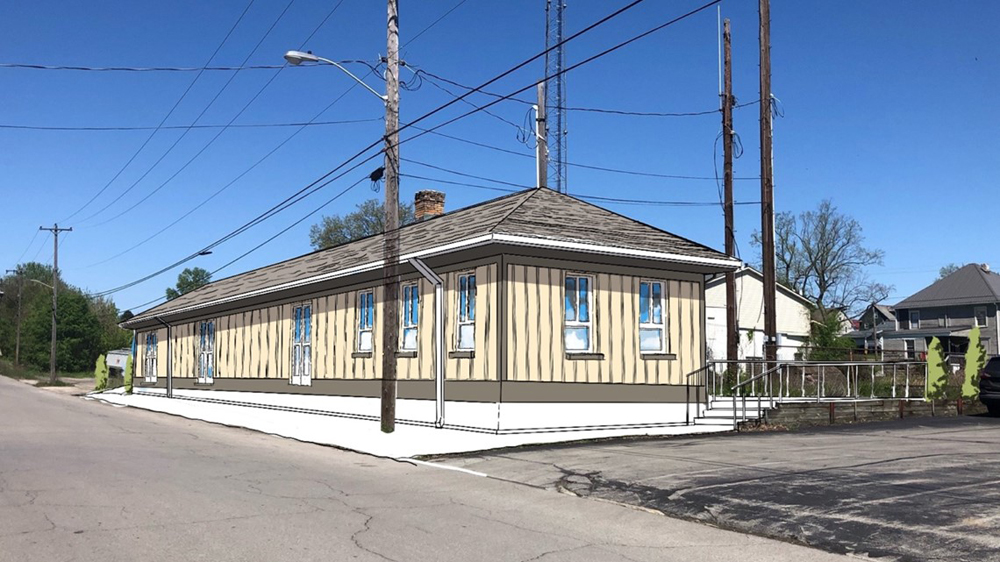
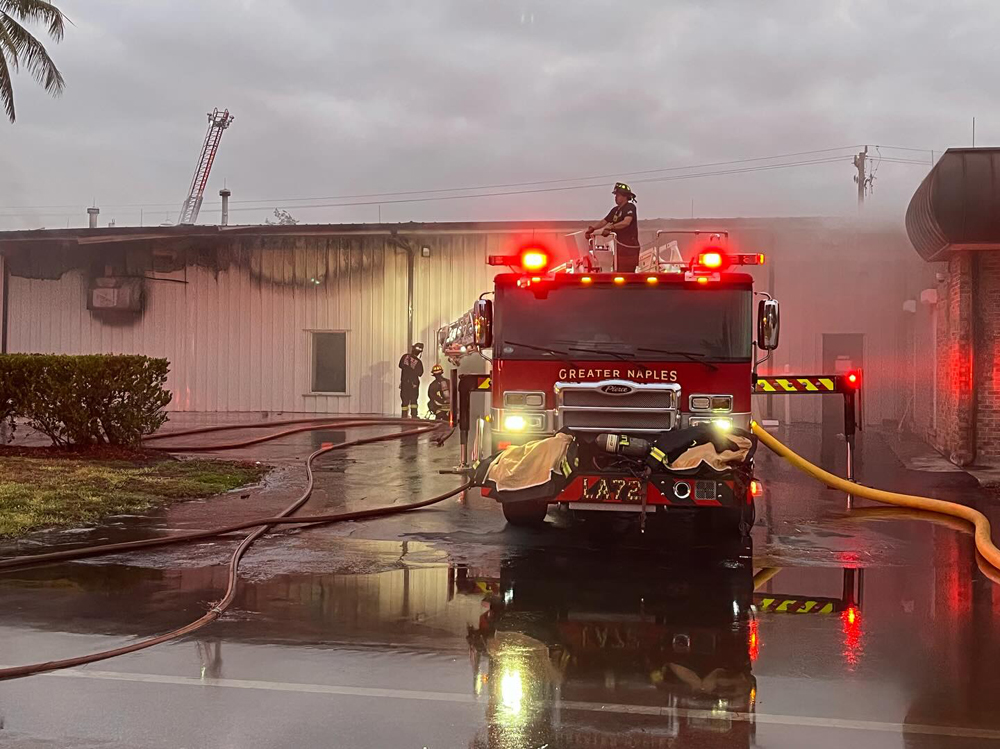




How can superliner type cars allow wheelchairs to access the diner ? It seems that only single level cars can be fully accessible unless each car has an elevator.
I would suggest that to achieve an “accessible core trainset offering enhanced mobility between cars and access to train amenities”, the entire upper level would be a single accessible core trainset with minimal barriers between cars. In this scenario, An articulated trainset would establish that no car is independent but part of a permanent couplet. Accessible restrooms and food/beverige service would be on the upper level as well.
Another example of the “airline management “ that dominates Amtrak. “Railroads are not airlines……”
I know it’s popular to bash Amtrak’s ex-airline managers but here it’s inappropriate.
Air carriers are subject to much looser ADA rules than rail carriers. Their lobbyists have certainly earned their money.
but how can a semi coupled permanent train set for long distance passenger train be better than a long distance with individual passenger cars anyway and were their long distance passenger trains that did have semi coupled permanent train sets and can a locomotive couple and uncouple from a semi coupled permanent train set ?
The earliest (mid-1930’s) streamliners for the Burlington and the Overland Route were fully articulated but later trains had individual cars with some instances of two carbodies sharing a middle truck. The oldest had the locomotives articulated but the latest of them (1936) had separate but assigned locomotives that coupled to the trains.
The Burlington’s second Twin Zephyr trains ran from 1936 to 1947 between Chicago and the Twin Cities, each train making a round trip daily. From 1947 to 1968 they ran Chicago-Omaha-Lincoln, out one day, back the next.
None of these trains gave extraordinary trouble, but after 1936 the railroads bought individual cars for their trains.
The French TGV trains have been articulated and Alstom is building Amtrak’s new trains, so they must be articulated too. Yes, you cannot set out a bad order car but you can cancel the train.
The answer is look at what Amtrak is already planning for the single level trains: https://www.trains.com/trn/news-reviews/news-wire/amtrak-rolls-out-airo-branding-images-of-siemens-push-pull-fleet/
It’s a set consist push-pull with either a diesel or bimode electric/diesel locomotive. Sounds like they want the same thing for long distance, but bilevel. Push pull would save considerable schedule time at terminal stations like Denver, LA, Chicago, etc.
Perhaps Amtrak’s designers could borrow a toilet from Delta Airlines. Barely accessible to a small cat who needs her litter box.
To put this in context,the new airline ADA regulations are based on an airline “aisle chair” which is especially narrow and not suited for continuous use. These are to be effective in 2026, only for new aircraft.
Amtrak’s proposal looks reasomable given maximum size itscars can be. RR Passenger cars are not buildings.